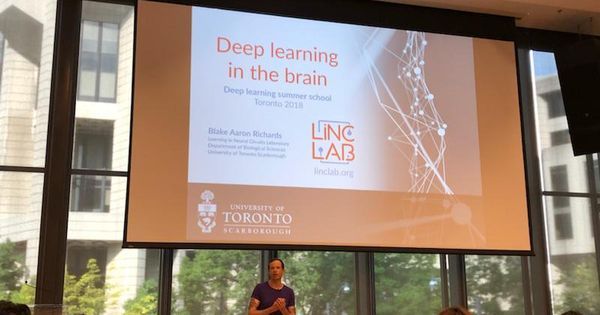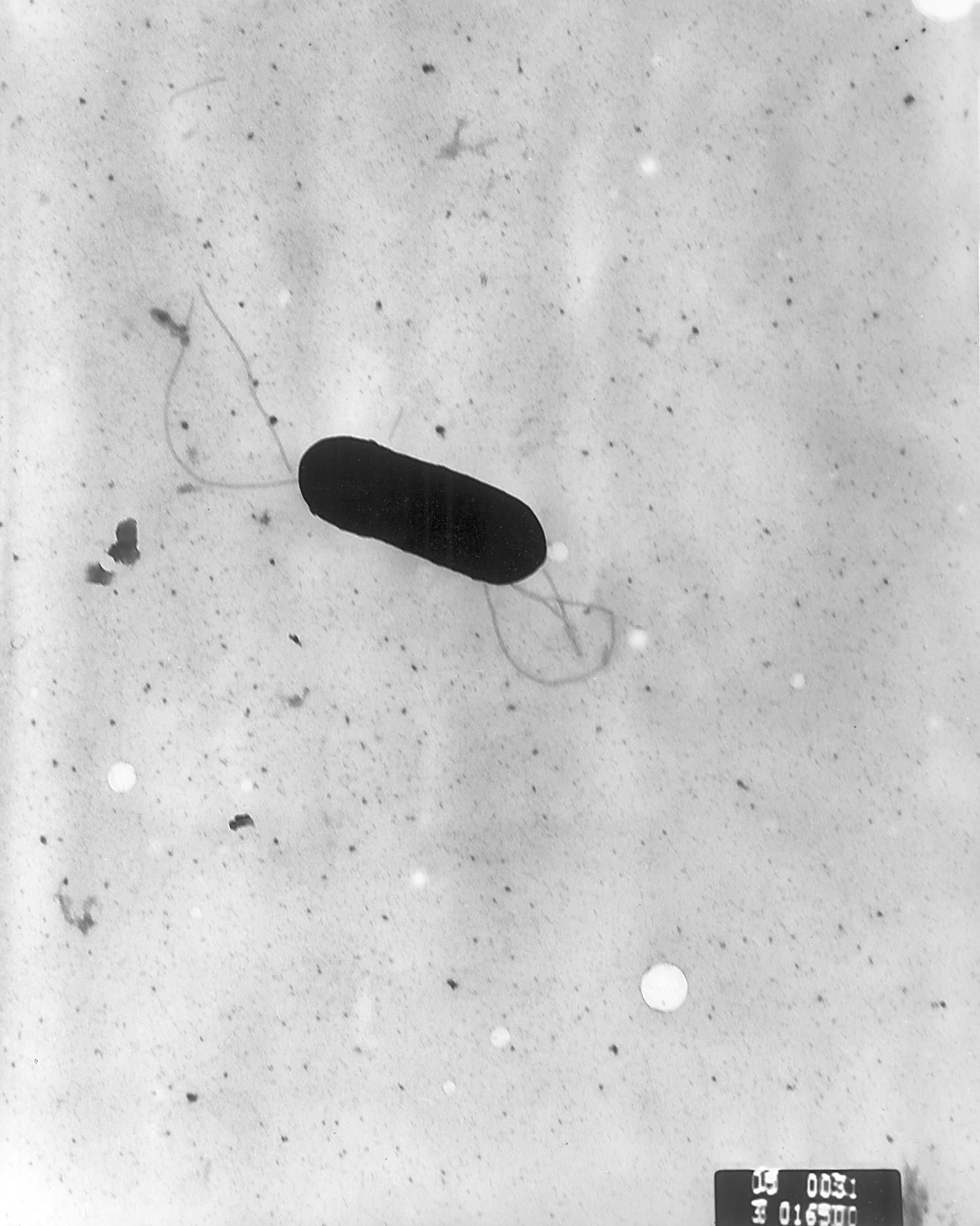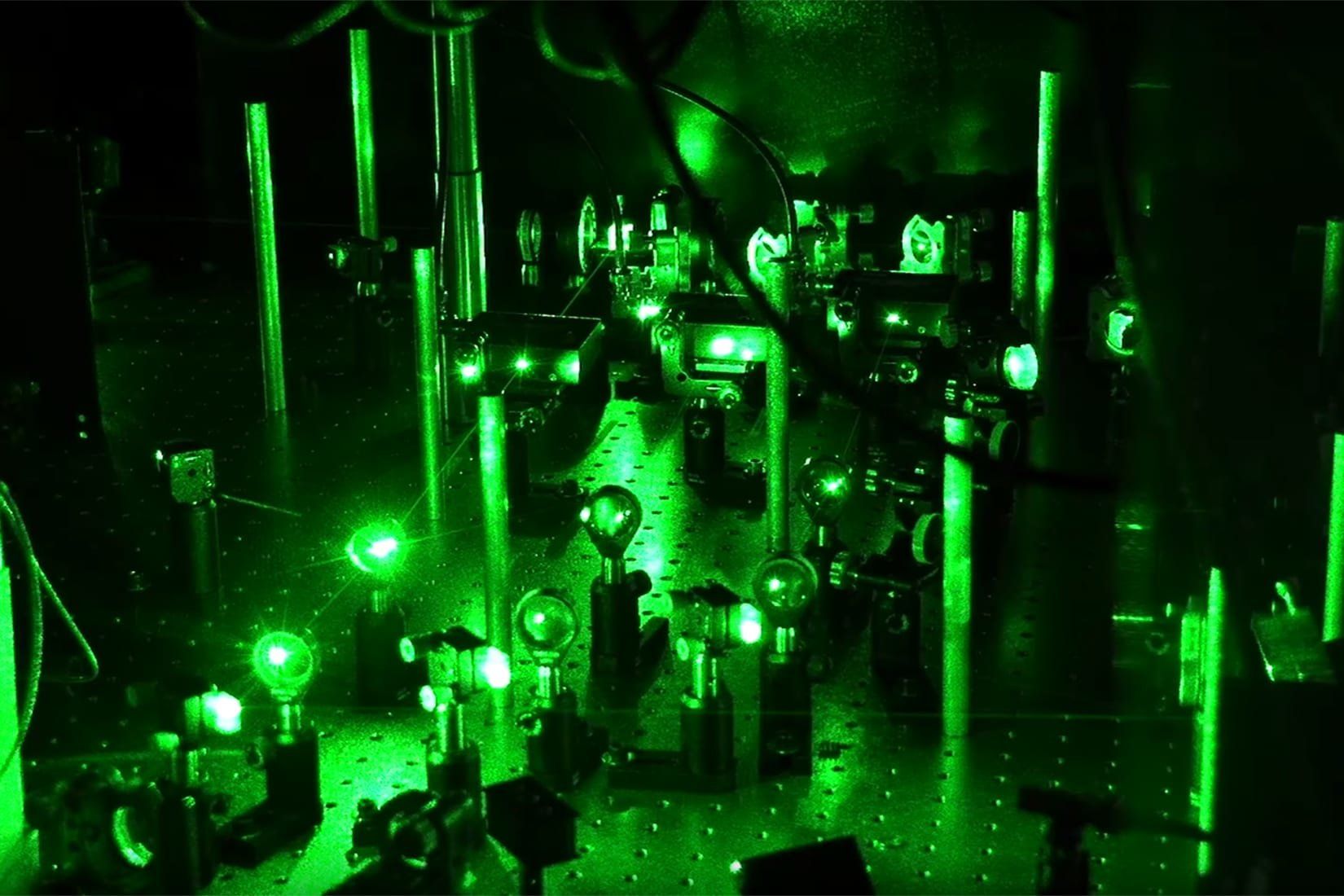Invitation to make a presentation during the meeting #PlenarySessions #WorkingSessions #PanelDiscussions Click here to download the presentation proposal: https://moonvillageassociation.org/call-for-proposals-for-th…symposium/


Invitation to make a presentation during the meeting #PlenarySessions #WorkingSessions #PanelDiscussions Click here to download the presentation proposal: https://moonvillageassociation.org/call-for-proposals-for-th…symposium/

As technology advances, prospects for increasing the human life span are seemingly everywhere.
But is there a limit to how long humans can live? According to a new study, published today (June 28) in the journal Science, the answer to that question is no. What’s more, the researchers argue that after age 105, the risk of dying each year remains the same.
In 1825, British actuary Benjamin Gompertz proposed that the risk of dying exponentially increases by age, such that a person at age 70 would be at a much higher risk of dying than a 30-year-old. [Extending Life: 7 Ways to Live Past 100].

In my life as a human, I see clues that evolution on Earth and elsewhere in the cosmos at large is not being pushed from behind in entropic randomness but being pulled forward by complexification, natural selection and other evolutionary forces orchestrated by a strange unseen teleological attractor, in McKenna’s words “the Transcendental Object” at the end of time. One may see significant overlapping ideas between the transhumanist Technological Singularity and the Teilhardian Omega Point. The coming Technological Singularity could unravel one of the deepest mysteries of fractal hyperreality: consciousness alternating from pluralities to singularities and from singularities back to pluralities. We are already immortal, but the forthcoming Syntellect Emergence when your mind is digitized, will preserve some of your organic memories if you so desire, and most importantly, will ensure the continuity of your subjectivity into the higher realms of existence. #LifeboatFoundation
By Alex Vikoulov.
“If the doors of perception were cleansed then everything would appear to man as it is, Infinite. For man has closed himself up, till he sees all things through narrow chinks of his cavern” –William Blake.
In the beginning, big ideas required big rockets. Now, we can launch satellites that fit in the palm of our hand. Discover how by watching this video!


Students benefit from classes by the leading experts in each subset of AI research. Students learn about techniques like computational reinforcement learning by one of the inventors of the technique (Richard Sutton). The list of over 28 AI experts allows students to develop a deeper intuition about AI techniques from often the people who are at the forefront or have invented a particular AI technique.
Aside from the world-class instruction, AI companies sponsor dinners and rooftop socials meant to facilitate future collaborations among research labs.
The CIFAR deep learning and reinforcement learning school has been training the world’s top AI researchers since 2005. Here we take an insider’s look at the school.

We have a vacancy for a senior/principal mechanical engineer capable of providing specialist consultancy/mechanical design analysis, research and development support to clients in both space and terrestrial markets.
The role involves leadership of all aspects of multiple mechanism and tribology projects from identification of opportunities and where necessary funding sources, through preparation of winning proposals to execution of the work in-line with cost, schedule and quality requirements.
Working mainly with bespoke, precision mechanical systems, the main purpose of the role is to provide specialist engineering consultancy and research/development support to external clients involved in space and vacuum mechanism development. In addition, the job-holder will be expected to provide conceptual/architectural design and development leadership for in-house devices, new products and test facility developments.

Bacteria that were thought to be resistant to a powerful antibiotic may be susceptible to treatment after all, research has found.
The food-poisoning bug Listeria was shown to respond to an antibiotic even though the bacteria carry genes that should make it highly resistant.
Scientists say the antibiotic—called fosfomycin—should be reconsidered as a treatment for life-threatening Listeria infections.


Rice University atomic physicists have verified a key prediction from a 55-year-old theory about one-dimensional electronics that is increasingly relevant thanks to Silicon Valley’s inexorable quest for miniaturization.
“Chipmakers have been shrinking feature sizes on microchips for decades, and device physicists are now exploring the use of nanowires and nanotubes where the channels that electrons pass through are almost one-dimensional,” said Rice experimental physicist Randy Hulet. “That’s important because 1D is a different ballgame in terms of electron conductance. You need a new model, a new way of representing reality, to make sense of it.”
With IBM and others committed to incorporating one-dimensional carbon nanotubes into integrated circuits, chip designs will increasingly need to account for 1D effects that arise from electrons being fermions, antisocial particles that are unwilling to share space.